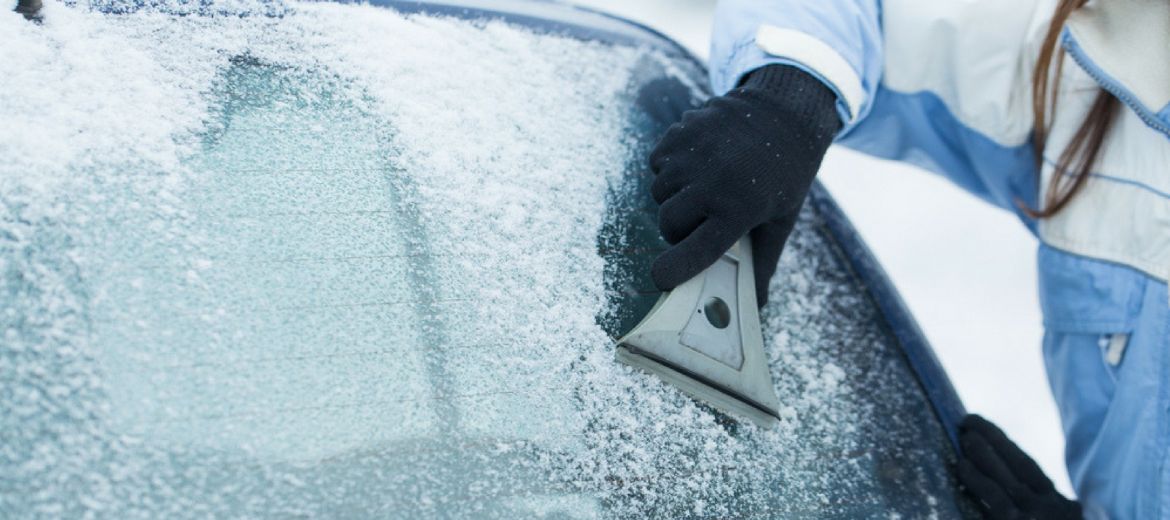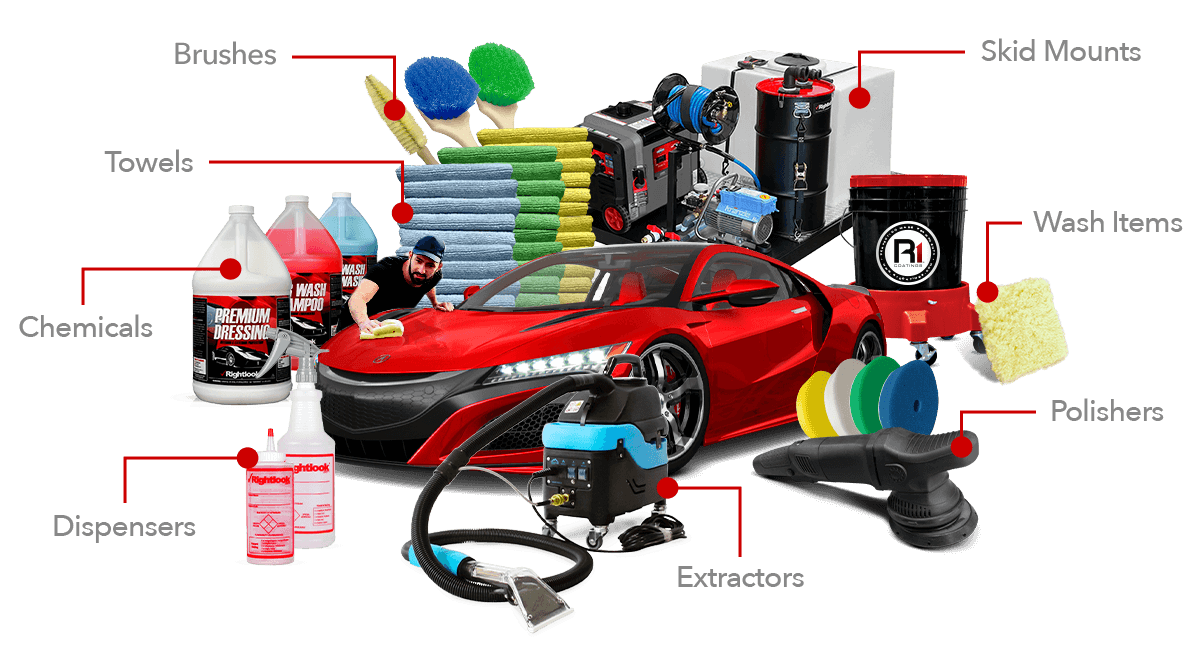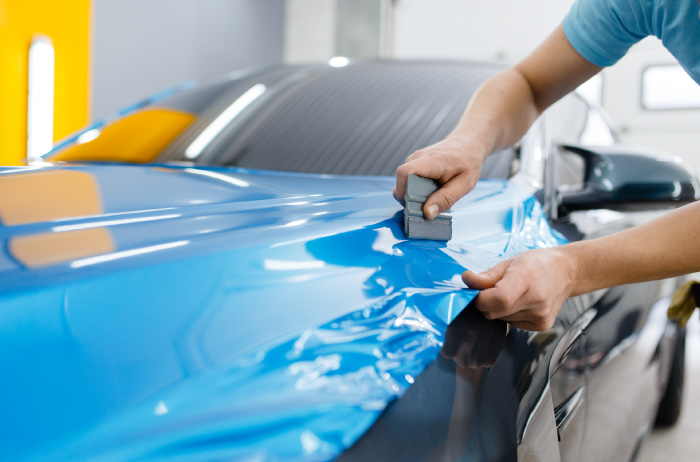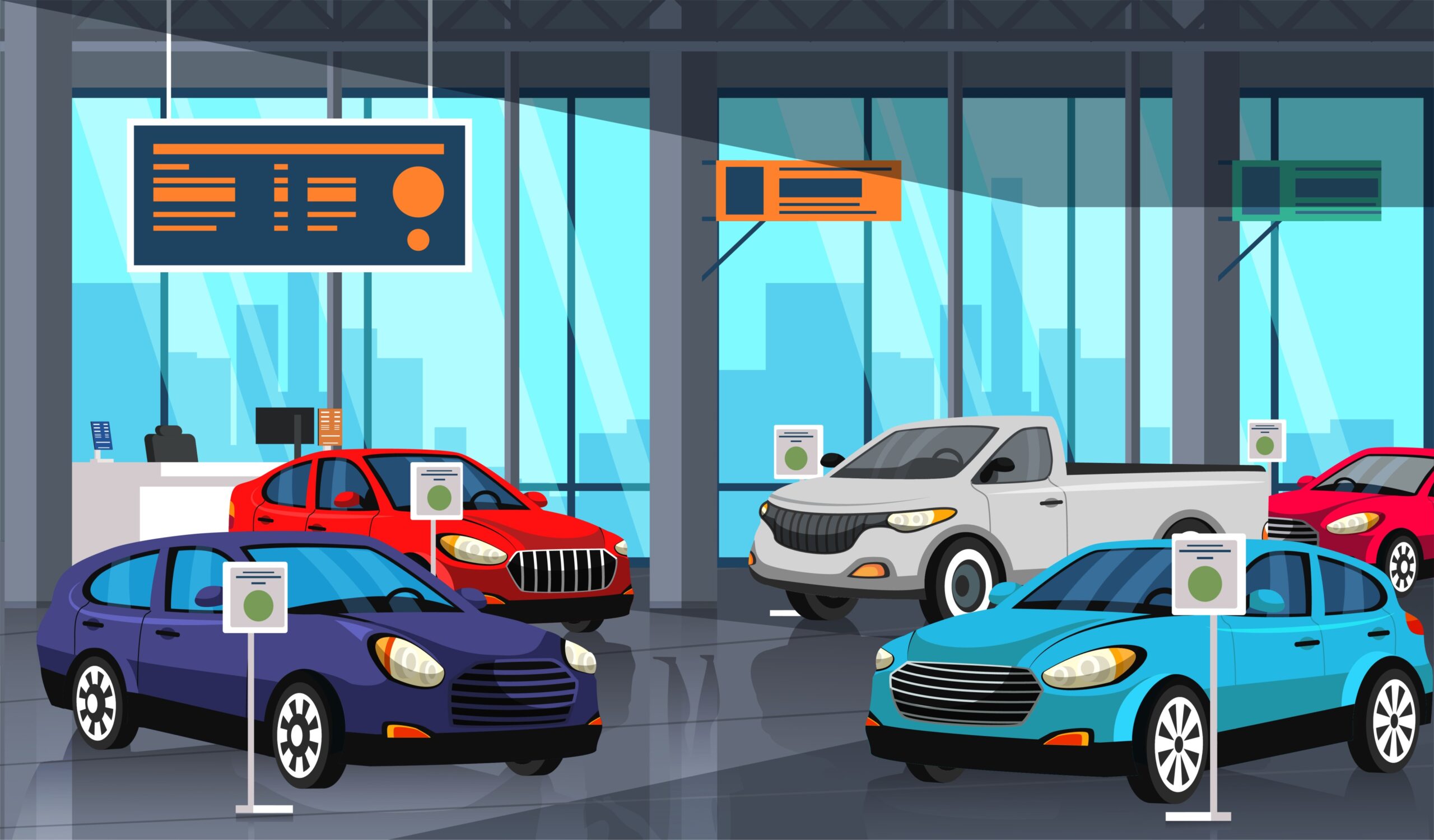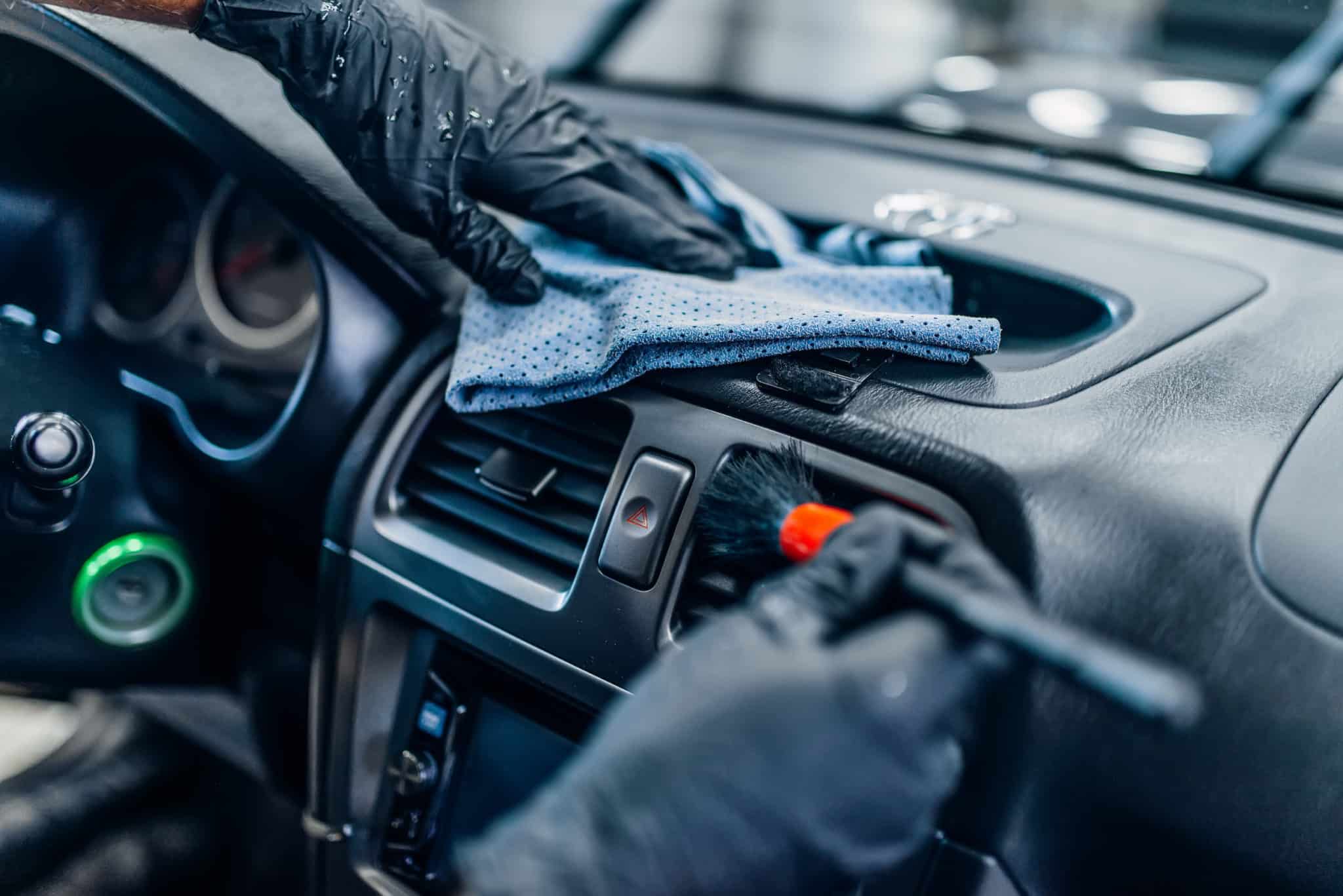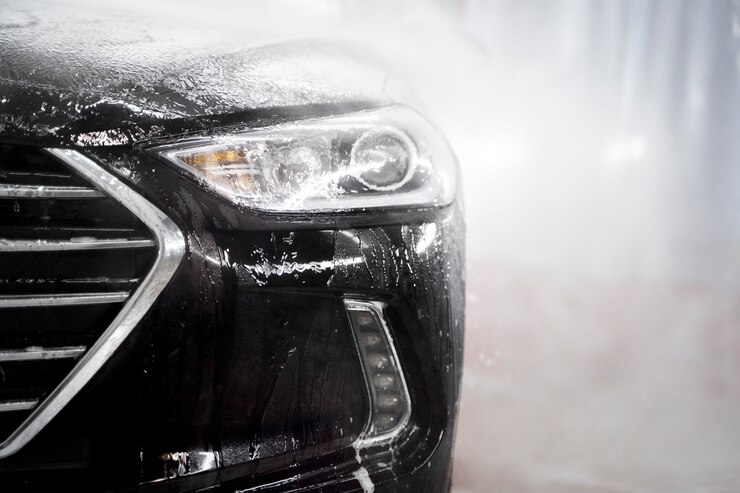Table of Contents
Introduction
Winter can be a challenging season for maintaining your car’s cleanliness and appearance. The combination of road salt, snow, and grime can take a toll on your vehicle’s exterior and interior. Regular car washes during winter are essential not only for aesthetic reasons but also for preserving the longevity and functionality of your car.
This article provides top tips for washing your car during winter, ensuring it stays in optimal condition despite the harsh weather conditions.

Preparation and Planning
Choosing the Right Day and Time
When washing your car during winter, timing is crucial. Aim to wash your car on a day when the temperature is above freezing (32°F or 0°C) to prevent water from freezing on your car’s surface and creating a hazardous situation. Milder winter days with temperatures slightly above freezing are ideal, as they allow water to evaporate and dry properly.
If possible, wash your car during the warmest part of the day, typically between late morning and early afternoon. Avoid washing your car early in the morning or late in the evening when temperatures are likely to be at their lowest.
Gathering Necessary Supplies
Before you begin washing your car, gather all the necessary supplies to ensure a smooth and efficient process. Here’s a checklist of items you’ll need:
- Winter-Specific Car Wash Soap: Choose a car wash soap that is formulated for cold weather. These soaps are designed to work effectively at lower temperatures and help prevent water from freezing on your car.
- Buckets: Use the two-bucket method – one bucket for the soapy water and another for rinsing your wash mitt. This helps prevent dirt and grime from being reintroduced to your car’s surface.
- Wash Mitts or Sponges: Use microfiber wash mitts or sponges, which are gentle on your car’s paint and effective at removing dirt.
- Warm Water: Fill your buckets with warm water to help prevent freezing and improve the effectiveness of the soap
Selecting the Right Cleaning Products
Using the appropriate cleaning products during winter is essential for effectively removing dirt, grime, and road salt while protecting your car’s finish. Here’s a detailed look at the key products you should consider:
Winter-Specific Car Wash Soaps
Winter-specific car wash soaps are formulated to work efficiently in cold temperatures. These soaps contain special ingredients that help prevent water from freezing on your car’s surface, making the washing process easier and more effective. They also have enhanced cleaning properties to tackle the salt, sand, and other debris that accumulate on your vehicle during winter.
Benefits:
- Prevents water from freezing, reducing the risk of ice formation on your car.
- Formulated to remove tough winter grime, including road salt and sand.
- Gentle on your car’s paint and protective coatings.
De-Icing Solutions
De-icing solutions are crucial for addressing frozen locks, doors, and windows during the winter months. These products are designed to quickly melt ice and prevent it from reforming, ensuring that your car’s components function smoothly even in freezing conditions.
Benefits:
- Quickly melts ice on locks, doors, and windows.
- Prevents ice from reforming, enhancing safety and functionality.
- Can be used on various surfaces without damaging your car’s paint or rubber seals.
Tire and Wheel Cleaners
Winter roads can be particularly harsh on your car’s wheels and tires, with salt and grime leading to corrosion and damage if not properly cleaned. Tire and wheel cleaners are specifically formulated to break down and remove these contaminants, ensuring your wheels and tires remain in good condition.
Benefits:
- Effectively removes road salt, brake dust, and grime.
- Helps prevent corrosion and prolongs the lifespan of your wheels and tires.
- Safe for use on various wheel finishes, including alloy, chrome, and painted surfaces.
Pre-Wash Rinse
Importance of Removing Loose Dirt and Salt
Performing a pre-wash rinse is a crucial step in washing your car during winter. This initial rinse helps to remove loose dirt, road salt, and debris from your car’s surface. Here’s why it’s important:
- Preventing Scratches and Swirl Marks: Loose dirt and salt can act like sandpaper when you start scrubbing your car. By rinsing off these particles first, you reduce the risk of scratching the paint and creating swirl marks.
- Reducing Corrosion: Road salt can accelerate the corrosion process on your car’s body and undercarriage. Rinsing off as much salt as possible before washing helps to minimize this risk and protects the metal components of your vehicle.
- Improving Cleaning Efficiency: A pre-wash rinse makes the subsequent washing step more effective by removing the top layer of grime. This allows the car wash soap to work better on the remaining dirt and contaminants.
Best Practices for Rinsing in Cold Weather
Rinsing your car in cold weather presents some unique challenges, such as preventing water from freezing and ensuring a thorough clean. Here are some best practices to follow:
- Use Warm Water: If possible, use warm water for the pre-wash rinse. Warm water is more effective at dissolving road salt and grime, and it helps to prevent water from freezing on your car’s surface during the rinse.
- Start with High-Pressure Rinse: Begin with a high-pressure rinse to dislodge as much loose dirt and salt as possible. Use a hose with a spray nozzle or a pressure washer set to a gentle setting to avoid damaging the paint. Focus on areas that accumulate the most salt and grime, such as the lower panels, wheel wells, and undercarriage.
- Rinse Thoroughly: Make sure to rinse all parts of your car, including the roof, windows, mirrors, and tires. Pay special attention to the undercarriage, where salt and debris tend to accumulate and cause corrosion.
Washing Techniques
Two-Bucket Method
The two-bucket method is a popular and effective technique for washing your car that helps to minimize the risk of scratching the paint. This method involves using two separate buckets: one for soapy water and another for rinsing your wash mitt or sponge.
Benefits:
- Reduces the transfer of dirt and grime back onto the car’s surface.
- Helps maintain the effectiveness of the car wash soap by keeping it cleaner.
Using Warm Water
Using warm water for washing your car in winter is highly beneficial. It enhances the cleaning power of the soap and helps to prevent water from freezing on your car’s surface.
Benefits:
- More effective at breaking down and removing dirt, grime, and salt.
- Reduces the risk of ice forming on the car during the wash.
Washing from Top to Bottom
Washing your car from top to bottom is a strategic approach that helps to ensure a thorough and efficient clean.
Benefits:
- Prevents dirty water from running down onto areas you’ve already cleaned.
- Ensures that the dirtiest parts of the car (usually the lower sections) are cleaned last, keeping your wash mitt or sponge cleaner for longer.
Drying Your Car
Drying your car properly after washing is crucial, especially during winter, to prevent ice formation and water spots. Here are some effective methods and tools to ensure your car dries thoroughly and safely.
Proper Drying Methods to Prevent Ice Formation
After washing your car in cold weather, it’s important to dry it quickly and efficiently to prevent any remaining water from freezing. Here are some key methods:
- Work Quickly: Time is of the essence when drying your car in cold weather. The longer water sits on your car, the greater the risk of it freezing.
- Sectional Drying: Dry your car in sections, just as you washed it. This ensures you can thoroughly dry each part before moving on, minimizing the risk of water freezing on any part of the car.
- Warm Environment: If possible, dry your car in a garage or another sheltered area where the temperature is above freezing. This reduces the risk of water freezing on the surface.
Using Microfiber Towels or Air Blowers
Two of the most effective tools for drying your car in winter are microfiber towels and air blowers. Each has its advantages and specific uses:
Microfiber Towels:
Microfiber towels are highly absorbent, soft, and gentle on your car’s paint, making them ideal for drying your car.
Benefits:
- Highly absorbent, reducing the amount of water left on the car’s surface.
- Soft and non-abrasive, preventing scratches and swirl marks.
- Effective at trapping and removing residual dirt and water.
Air Blowers:
Air blowers are an efficient way to remove water from hard-to-reach areas and can be especially useful in winter when you want to minimize direct contact with your car.
Benefits:
- Quickly removes water from crevices, mirrors, door handles, and other hard-to-reach areas.
- Reduces the risk of water freezing in these areas.
- Minimizes the risk of scratching the car’s surface.
Protecting Your Car’s Exterior
Protecting your car’s exterior is crucial during winter to shield it from harsh conditions like snow, ice, road salt, and grime. Two effective methods for safeguarding your vehicle’s paint and surface are applying wax or sealant and using a ceramic coating.
Applying Wax or Sealant
Applying wax or sealant creates a protective barrier on your car’s paint, helping to repel water, dirt, and contaminants.
Benefits:
- Provides a protective layer that repels water, reducing the risk of ice and grime sticking to the surface.
- Enhances the car’s appearance by adding a glossy finish.
- Makes it easier to wash off dirt and salt, reducing the risk of scratches and corrosion.
Using a Ceramic Coating for Added Protection
Ceramic coatings offer a higher level of protection compared to traditional waxes and sealants. They form a permanent or semi-permanent bond with the car’s paint, creating a hard, protective layer.
Benefits:
- Provides long-lasting protection (up to several years) against UV rays, chemical stains, bird droppings, and environmental contaminants.
- Hydrophobic properties repel water and dirt, making the car easier to clean and reducing the risk of water spots and stains.
- Enhances the car’s appearance with a deep, glossy finish that can last for years.
Maintaining the Interior
Maintaining the interior of your car during winter is essential for comfort, aesthetics, and preserving the condition of your vehicle. Here’s how to effectively clean floor mats and upholstery, as well as the benefits of using dehumidifiers to prevent condensation.
Using Dehumidifiers to Prevent Condensation
Condensation inside your car during winter can lead to foggy windows, musty odors, and even mold growth. Dehumidifiers help to maintain optimal humidity levels inside your vehicle, reducing the likelihood of condensation.
Benefits:
- Prevents Foggy Windows: By reducing moisture levels, dehumidifiers help prevent fogging on the inside of windows, ensuring clear visibility.
- Reduces Odors: Lower humidity levels inhibit the growth of mold and mildew, which are common causes of unpleasant odors in cars.
- Preserves Interior Materials: Maintaining proper humidity levels helps prevent moisture-related damage to upholstery, electronics, and other interior materials.
Types of Dehumidifiers:
- Desiccant Dehumidifiers: These dehumidifiers use desiccant materials like silica gel to absorb moisture from the air. They are effective in colder temperatures and are often compact and portable.
- Electric Dehumidifiers: Powered by electricity, these dehumidifiers use a refrigeration process to condense moisture from the air. They may be more suitable for larger vehicles or areas with higher humidity levels.
Regular Maintenance Tips
Checking and Maintaining Tire Pressure
Maintaining proper tire pressure is crucial for safety, fuel efficiency, and prolonging tire life, especially during winter when temperature fluctuations can affect tire pressure.
How to Check and Maintain:
- Check Regularly: Use a tire pressure gauge to check your tire pressure at least once a month, or before long trips.
- Adjust Pressure: Inflate tires to the manufacturer-recommended PSI (pounds per square inch), which can typically be found on a sticker inside the driver’s door or in the owner’s manual.
- Cold Weather Consideration: Tire pressure can decrease in cold weather, so check it more frequently during winter and adjust as needed.
- Safety Tip: Properly inflated tires provide better traction, handling, and braking performance, which are crucial in winter driving conditions.
Safety Precautions
Dressing Appropriately for Cold Weather
When preparing to drive in winter conditions, dressing appropriately can ensure comfort and safety.
- Layer Clothing: Wear multiple layers to provide insulation and allow for adjustments as temperatures change.
- Use Thermal Gear: Use thermal underwear, gloves, and a hat to retain body heat.
- Footwear: Wear insulated and waterproof boots to keep feet warm and dry.
Avoiding Frozen Locks and Doors
Frozen locks and doors can be frustrating and potentially dangerous in cold weather. Preventative measures can help mitigate these issues.
Prevention Tips:
- Use De-Icer: Keep a de-icing spray or solution handy to thaw frozen locks and door seals.
- Preventive Maintenance: Apply a silicone-based lubricant to door seals and locks before winter to help prevent freezing.
- Cover and Shelter: Park your car in a garage or cover it with a car cover during cold weather to minimize exposure to freezing temperatures.
Conclusion
Maintaining your car during the winter involves regular checks like tire pressure and windshield wiper replacement for safety. Dressing warmly and preventing frozen locks ensures comfort. Using eco-friendly products and proper wastewater disposal help minimize environmental impact. These practices together keep your car safe, efficient, and environmentally friendly during the winter months.

